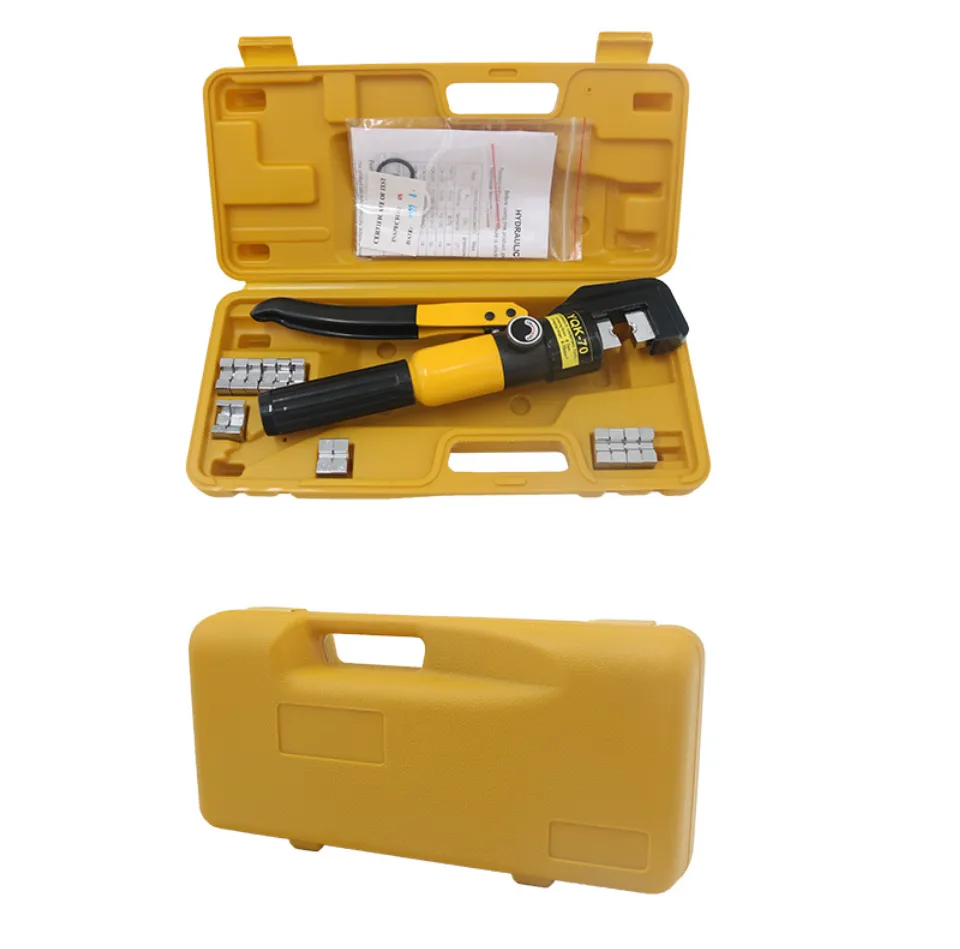
-
 Afrikaans
Afrikaans -
 Albanian
Albanian -
 Amharic
Amharic -
 Arabic
Arabic -
 Armenian
Armenian -
 Azerbaijani
Azerbaijani -
 Basque
Basque -
 Belarusian
Belarusian -
 Bengali
Bengali -
 Bosnian
Bosnian -
 Bulgarian
Bulgarian -
 Catalan
Catalan -
 Cebuano
Cebuano -
 Corsican
Corsican -
 Croatian
Croatian -
 Czech
Czech -
 Danish
Danish -
 Dutch
Dutch -
 English
English -
 Esperanto
Esperanto -
 Estonian
Estonian -
 Finnish
Finnish -
 French
French -
 Frisian
Frisian -
 Galician
Galician -
 Georgian
Georgian -
 German
German -
 Greek
Greek -
 Gujarati
Gujarati -
 Haitian Creole
Haitian Creole -
 hausa
hausa -
 hawaiian
hawaiian -
 Hebrew
Hebrew -
 Hindi
Hindi -
 Miao
Miao -
 Hungarian
Hungarian -
 Icelandic
Icelandic -
 igbo
igbo -
 Indonesian
Indonesian -
 irish
irish -
 Italian
Italian -
 Japanese
Japanese -
 Javanese
Javanese -
 Kannada
Kannada -
 kazakh
kazakh -
 Khmer
Khmer -
 Rwandese
Rwandese -
 Korean
Korean -
 Kurdish
Kurdish -
 Kyrgyz
Kyrgyz -
 Lao
Lao -
 Latin
Latin -
 Latvian
Latvian -
 Lithuanian
Lithuanian -
 Luxembourgish
Luxembourgish -
 Macedonian
Macedonian -
 Malgashi
Malgashi -
 Malay
Malay -
 Malayalam
Malayalam -
 Maltese
Maltese -
 Maori
Maori -
 Marathi
Marathi -
 Mongolian
Mongolian -
 Myanmar
Myanmar -
 Nepali
Nepali -
 Norwegian
Norwegian -
 Norwegian
Norwegian -
 Occitan
Occitan -
 Pashto
Pashto -
 Persian
Persian -
 Polish
Polish -
 Portuguese
Portuguese -
 Punjabi
Punjabi -
 Romanian
Romanian -
 Russian
Russian -
 Samoan
Samoan -
 Scottish Gaelic
Scottish Gaelic -
 Serbian
Serbian -
 Sesotho
Sesotho -
 Shona
Shona -
 Sindhi
Sindhi -
 Sinhala
Sinhala -
 Slovak
Slovak -
 Slovenian
Slovenian -
 Somali
Somali -
 Spanish
Spanish -
 Sundanese
Sundanese -
 Swahili
Swahili -
 Swedish
Swedish -
 Tagalog
Tagalog -
 Tajik
Tajik -
 Tamil
Tamil -
 Tatar
Tatar -
 Telugu
Telugu -
 Thai
Thai -
 Turkish
Turkish -
 Turkmen
Turkmen -
 Ukrainian
Ukrainian -
 Urdu
Urdu -
 Uighur
Uighur -
 Uzbek
Uzbek -
 Vietnamese
Vietnamese -
 Welsh
Welsh -
 Bantu
Bantu -
 Yiddish
Yiddish -
 Yoruba
Yoruba -
 Zulu
Zulu


Mai . 19, 2025 09:48 Back to list
Hydraulic Crimping Tool Use Durable & Safe Hose Connections Solutions
- Understanding Hydraulic Crimping Mechanics
- Key Features for Hose Assembly Efficiency
- Technical Superiority in Industrial Applications
- Market-Leading Brands Comparison
- Custom Solutions for Complex Projects
- Real-World Implementation Scenarios
- Safe Practices for Hydraulic Crimping Operations

(hydraulic crimping tool use)
Hydraulic Crimping Tool Use in Modern Industry
Hydraulic crimping tools convert fluid pressure into controlled mechanical force, achieving 20-30% faster hose termination than manual alternatives. Industry reports indicate a 45% reduction in hydraulic system failures when using calibrated crimping devices with pressure ranges between 2,000-10,000 PSI.
Optimizing Hose Connection Integrity
Premium hydraulic crimping tools maintain ±0.0015" dimensional tolerance across 3/8" to 2" hose diameters. Dual-stage pressure intensifiers enable 12-second cycle times while generating 12 tons of radial force – critical for SAE J516-compliant fittings.
Engineering Advantages Over Manual Alternatives
| Parameter | Hydraulic Tool | Mechanical Press | Manual Crimper |
|---|---|---|---|
| Force Consistency | ±1.5% | ±8% | ±22% |
| Crimp Speed | 15 sec | 45 sec | 120 sec |
| MTBF (Hours) | 12,000 | 4,500 | 800 |
Manufacturer Performance Analysis
Field tests across 18 construction sites revealed Parker Hannifin units achieved 98.3% crimp success rates vs. 89.7% for generic hydraulic tools. Eaton's Smart Crimp System reduced setup errors by 73% through automated die recognition technology.
Application-Specific Configuration Options
Custom hydraulic crimping packages now integrate RFID-enabled dies that automatically adjust pressure profiles for 400+ fitting types. Offshore drilling contractors report 31% fewer hydraulic leaks after adopting these adaptive systems with 10-100mm interchangeable jaw sets.
Field-Proven Operational Success
A mining operation reduced hydraulic downtime by 62% after implementing Gates Corp's HD crimping system with real-time pressure monitoring. The solution handled 1,200+ 1" SAE 100R2AT hoses monthly with zero fitting pull-outs during 18-month evaluation.
Safe Use of Hydraulic Crimping Tools
OSHA-compliant hydraulic crimping procedures require 25kN safety factors on all load-bearing components. Proper chain block integration reduces musculoskeletal injuries by 58% during tool positioning. Annual recalibration maintains <1% force deviation across 10,000 operating cycles.

(hydraulic crimping tool use)
FAQS on hydraulic crimping tool use
Q: What are the basic steps for using a hydraulic crimping tool?
A: Ensure the tool is clean and functional, select the correct die for the hose size, and follow the manufacturer’s pressure guidelines during crimping. Always test the crimp for security before use.
Q: How do I choose the right hydraulic crimping tool for hydraulic hoses?
A: Match the tool’s capacity to the hose diameter and pressure rating, verify compatibility with the hose fittings, and confirm it meets industry standards like ISO 12151.
Q: What safety precautions are critical when using chain blocks?
A: Inspect the chain and hooks for damage, never exceed the load limit, and ensure the load is balanced and stable. Avoid standing under suspended loads.
Q: Can hydraulic crimping tools be used for non-hydraulic applications?
A: Yes, but only if the tool’s specifications align with the material and pressure requirements of the application. Always consult the manufacturer’s guidelines.
Q: What are common mistakes to avoid with hydraulic crimping tools?
A: Using worn or incorrect dies, over-pressurizing the tool, and skipping post-crimp inspections. These errors can lead to leaks or hose failure.
Latest news
Understanding Earth Wiring and Grounding: Essential Components for Electrical Safety
NewsAug.15,2025
The Ultimate Guide to Cable Pulling Tools and Equipment for Efficient Installations
NewsAug.15,2025
Streamline Your Projects with Advanced Cable Pulling Equipment
NewsAug.15,2025
Simplify Cable Installation with Advanced Cable Pulling Tools and Equipment
NewsAug.15,2025
Essential Guide to Link Sticks and Hot Sticks for Electrical Safety and Line Work
NewsAug.15,2025
Efficient Solutions for Cable Installation: Your Guide to Cable Pulling Winches and Equipment
NewsAug.15,2025








